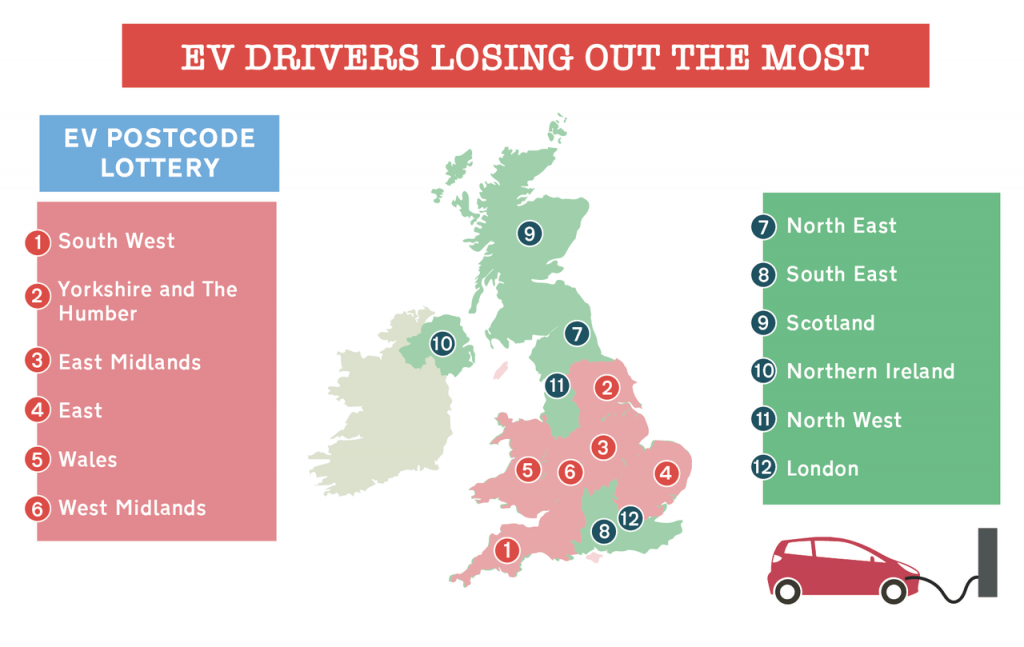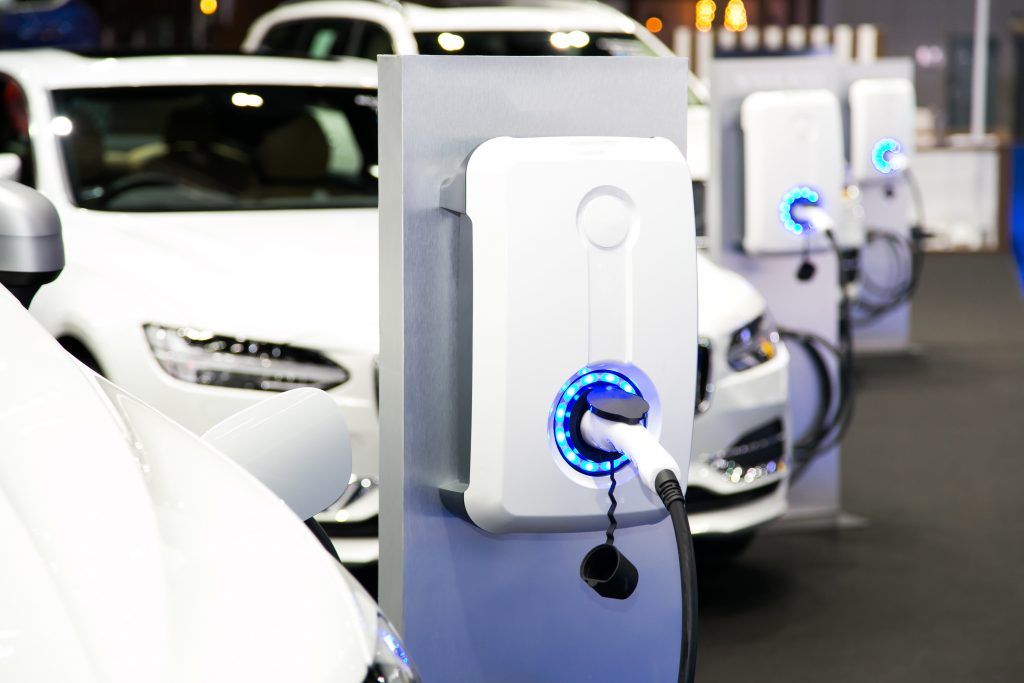New research shows that a lack of on-street charging infrastructure could threaten the uptake of electric cars in Britain.
Analysis of Zap-Map data undertaken by Andersen, a UK-based manufacturer of home charge points, has ranked the best and worst areas in the UK for access to on-street chargers with each of the 4,453 on-street charging points having to serve 55 cars.
On-street chargers, which make up a quarter of the total UK charging network, are a key part of the electric car ecosystem providing a convenient, local option to the third of homeowners across the UK who don’t have the luxury of a driveway or garage to install a home charger; as well as serving as a handy top-up option when they’re out and about. Just one in six rural homes do not have access to off-street parking, while in major cities and town centres this figure rises to 60 per cent, which may
hamper EV take-up in more densely populated areas.
The Department for Transport has made £10 million available to councils that will fund a further 7,200 devices by 2021. But today, there is a lack of access to on-street points, with drivers forced to plan journeys around the restrictions and availability of chargers in city centre car parks, dealerships, leisure centres or office car parks to avoid a flat battery.
Where strong electric car uptake combines with a lack of off-street parking there is a growing need for on-street charge points. Owners in the South West that do not have off-street parking face the greatest potential concern with 1,448 plug-in cars per on-street charger in the region.
Comparatively, the best region outside London for on-street demand is the North West with 70 vehicles per charger.
Currently, around 80 per cent of owners have access to a home charge point, but electric vehicle uptake continues to soar with market share tripling in the last year; the TESLA Model 3 was the UK’s best-selling car in April. Indeed, 2020 is predicted to be a tipping point with the number of electric models on the market rising from just 60 to over 176 vehicles.
Jerome Faissat, commercial director of Andersen, said: “Electric vehicles are the future of motoring in this country and market share has trebled in the last year with even greater growth forecast over the next 12 months. Even with the pledged Government funding, there is still a huge shortfall in the
infrastructure required to serve those who have made the switch so far and is holding others back from making the change.
“A discrepancy in Local Government funding for publicly accessible charging stations is creating a two-tier system in which those living in large properties or illustrious postcodes are better able to benefit from the significant fuel savings and environmental benefits afforded by electric vehicles.”
London accounts for 78% of all on-street chargers with an average of just 10 cars per on-street charger. Wandsworth, Westminster and Kensington & Chelsea boroughs are best served although in some areas the plug-in demand still outstrips infrastructure – for example in Redbridge there are
237 registered cars per charger.
Faissat continued: “Andersen’s ethos is that vehicle charging should be an easy and smart process. We want to democratise EV charging and are calling on local authorities to ramp up public infrastructure for those who might not have access to a driveway and are unable to join those who
enjoy home charging. Our message is clear: If you further accelerate public infrastructure, we can help encourage take up of electric vehicles and make our communities cleaner and safer.”








